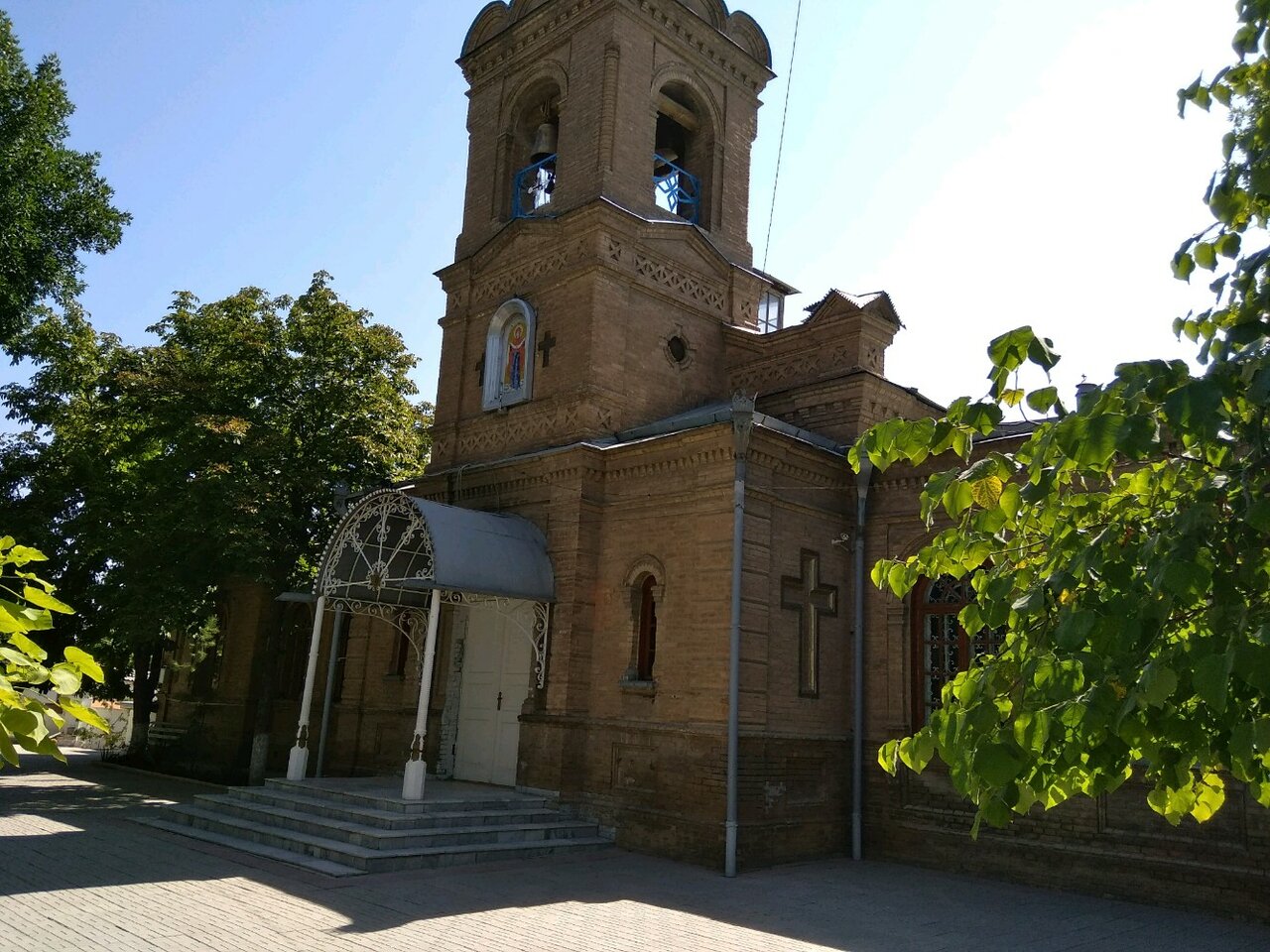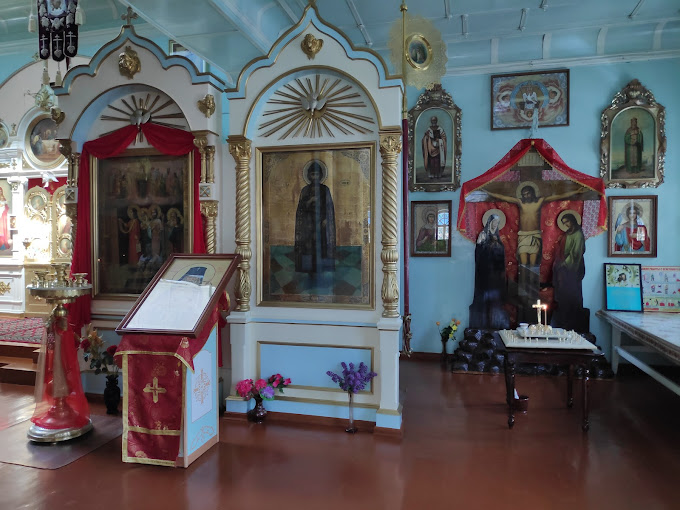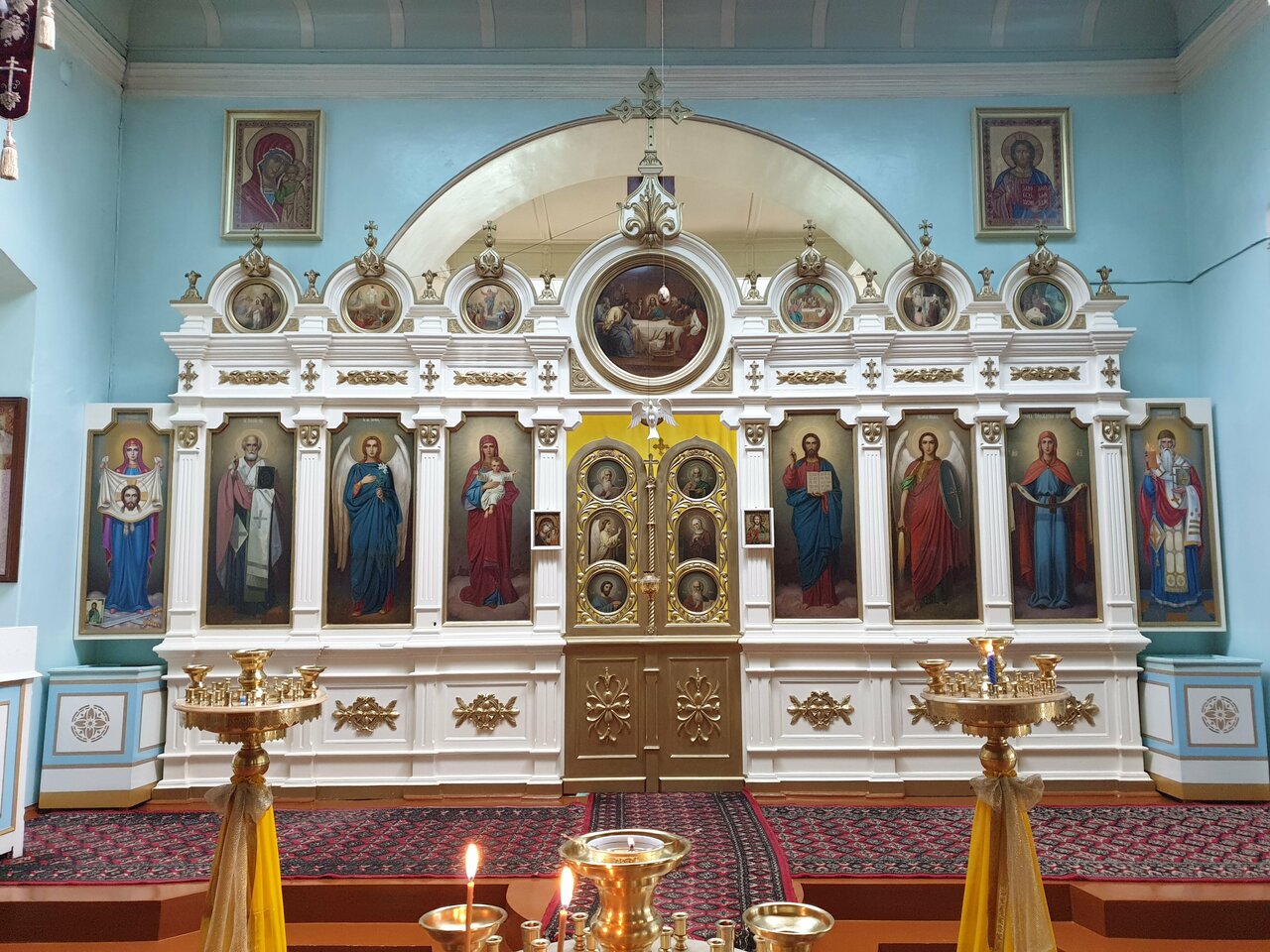Church of the Intercession of the Mother of God in Samarkand
The list of active Orthodox cathedrals of the Uzbek and Tashkent dioceses of the Russian Orthodox Church includes the Church of the Intercession of the Mother of God, located in Samarkand. In the year of its construction, 1903, the cathedral was called the "Church in Memory of the Ascension of the Lord," in honor of the cathedral's patronal feast day.
The temple was awarded the marching title in the middle of 1910, and its location was the military barracks of the disbanded fifth Rifle Turkestan regiment, near the Orthodox cemetery located in a part of Samarkand called the Russian. In early 1912, the church was renamed the "Temple of the Second Turkestan Brigade." The cathedral building could accommodate about three hundred people at a time. The interior of the church was distinguished by luxury and a large iconostasis. According to the staff list, the temple was supposed to have one clergyman.
Like most religious institutions in Uzbekistan, the cathedral suspended its work in early 1930. In 1998, the church underwent reconstruction, and upon completion of the work, the cathedral was named the Church of the Intercession of the Most Holy Theotokos.
The temple structure was built of baked bricks, inside of which there is a spacious prayer hall with an iconostasis and rooms for the accommodation of choirs. A distinctive feature of the temple is a bell tower of considerable size and an attic with a light decoration.
Construction history
When the temple was built, it became the first and only non-military one in the city. The area under the church in its original form was much larger, and occupied almost an entire block. There was not only the temple building itself, but also living quarters for the servants, a gatehouse and outbuildings, storerooms for firewood and a stable. The authorship of this project belongs to Ivan Petrovich Lebedev, a regional Samarkand architect. On the east side of the territory of the Pokrovsky Cathedral was Pokrovskaya Square.
Initially, the church was supposed to be a church-school complex, so there were two separate entrances on the west side, one of them led to the church and the other to the school. The training was three years long, and two parallel classes of mixed type studied here at the same time.
On October 8, 1907, an earthquake occurred in Samarkand, during which an iron cross from the bell tower fell from the Church of the Intercession, breaking at the base. They eliminated the consequences on their own and at the expense of the parishioners.
In the 1920s, religious persecution began in Uzbekistan, churches everywhere were closed and destroyed. In those years, Samarkand was the capital, and, apparently, that is why the Intercession Cathedral is one of the few that survived and was not closed. But in those years, two thirds of the territory was irretrievably taken away from him and given over to residential buildings.
Church life in the city began to revive again only after the Great Patriotic War. But even then, the church was completely dependent on the state, and any minor work required permission from the city authorities. It was not possible to return the former territories to the cathedral, so over time, residential premises were purchased nearby so that church servants and their families could be accommodated in them. As for the building of the Church of the Intercession of the Mother of God, it has stood in its place for more than a century, and the most amazing thing is that it has survived to this day only slightly redeveloped, almost in its original form.





















